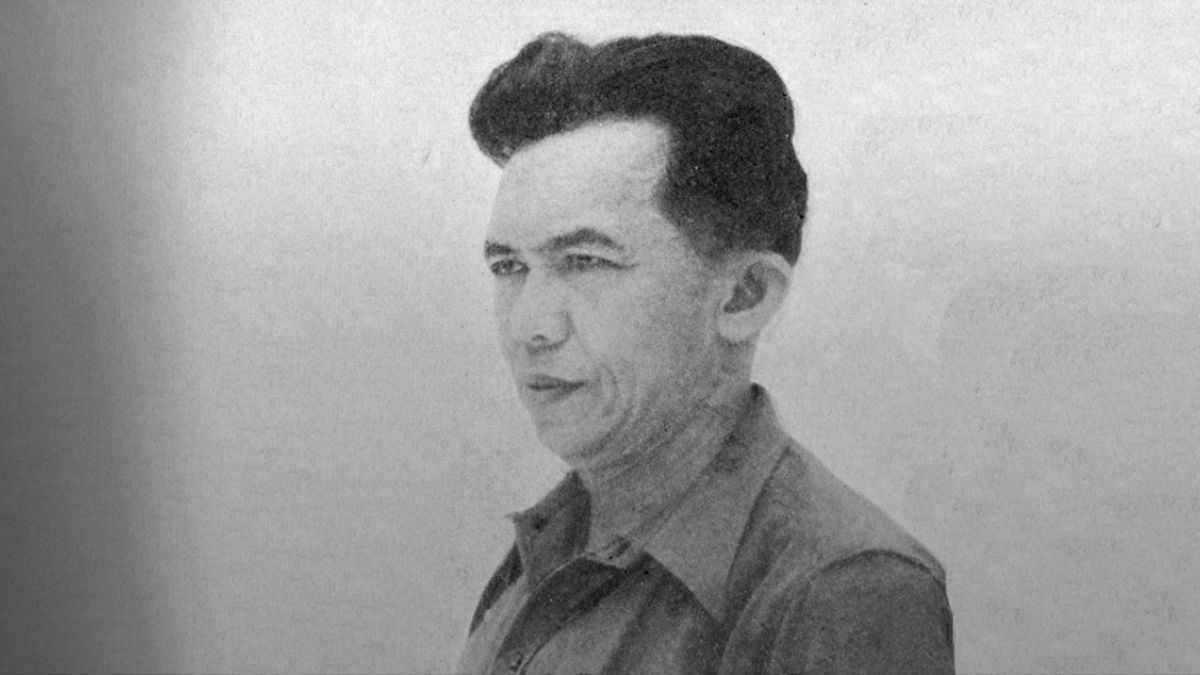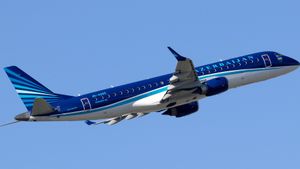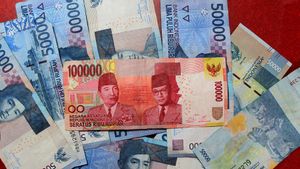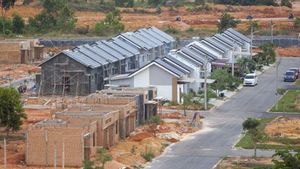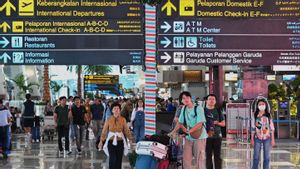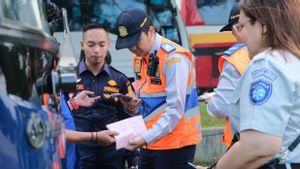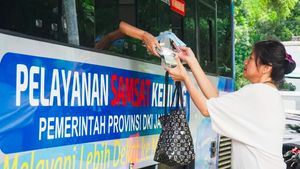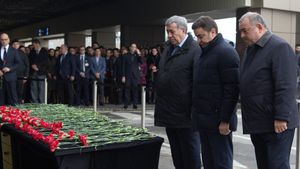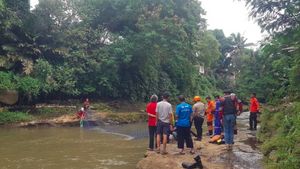In the article "The Dark Side of the National Hero: Basuki Rahmat in the Overthrow of Sukarno", we have seen how his involvement in the struggle for power from Sukarno's hand to Suharto. Basuki is not the only national hero with a dark side. In this article, we follow the dark story of another famous hero, Tan Malaka. Here comes the follow-up article from VOI's signature series, "Becoming a National Hero".
Tan Malaka is a figurehead of the Communist Party of the Musyawarah Banyak (Murba). In his book, Outward Appearances (2005), historian Henk Schulte Nordholt highlighted the name Tan Malaka. Minang-blooded heroes are a handful of 33 communist heroes - apart from Alimin Prawirodirdjo - who were awarded the title of national hero during the Sukarno era.
"They are communists among the national heroes, which is the reason why they were silenced after 1965," it wrote.
However, being a communist is not a sin. Everything only started after the proclamation of independence was announced. At that time, Tan Malaka began organizing movements with his followers in Banten, Tangerang, Bogor and Jakarta. Strength also accumulated. That power which later developed into a rebellion. The rebellion that became the dark side of the Tan Malaka epic.
As told in the 1993 book Dokter Guerrilla, by Matia Madijah, in Banten, Tan Malaka had a meeting with movement figures and youth, including youth delegates from Jakarta. For the Banten area, the Tan Malaka concept of staging a mass action was implemented under the leadership of Ce Mamat (Mohammad Mansur).
Movement in Tangerang
In Tangerang, the leadership of the movement was held by K. Akhmad Khaerun who was assisted by Siswoyo, Suwono, Sumo, Abas, and Syekh Abdullah, an Arab peranakan. Abas and Sheikh Abdullah handled an armed force called Forces Dare to Die. The members of his squad wore all black uniforms.
The Tangerang champions with radical character and strong temperament are now being assembled and armed. In addition, they are also given the freedom to act on the pretext of the interests of the struggle.
It was from that point that the ferocity of the troops formed by Tan Malaka began. Their targets were dim. Those who are considered enemies of the people and enemies of the struggle may be "brushed". Most of their targets were Chinese and landlords. "The Chinese and the landlords are automatically listed as enemies of the people who must be destroyed," reads the same book.
As a result, many victims fell from among people of Chinese descent and groups considered to be capitalists. Their homes were ransacked, their property was robbed and people were killed. In addition, the civil service and the police were also targeted. They are seen as enemies of the people because they were once the Japanese tools to oppress the people. Some of them were also kidnapped. Increasingly, the Dare to Die Squad grew out of control.
"Many members of the black troops acted beyond borders and acted for personal gain in the form of personal revenge and carried out confiscation or robbery or asked for forced donations on the pretext of being for the sake of struggle," Madijah wrote.
Separatist efforts
A similar incident also occurred in Banten. There, Ce Mamat was in command. He disbanded the KNI (Indonesian National Committee) and BKR (People's Security Agency) and replaced them with a Council ala Ce Mamat. He replaces Police Officers with his men. Ce Mamat also released the prisoners from the prison house.
The most heinous thing was they kidnapped and killed the Regent of Lebak, Ardiwinangun and just threw his body into the river. Tan Malaka's men took over power in Banten and Tangerang areas. Relations with the Indonesian Central Government were severed.
Tangerang is declared independent from the Unitary State of the Republic of Indonesia (NKRI). However, the central government successfully thwarted the attempt to occupy Tangerang and its surroundings. In Rangkasbitung, the People's Security Army (TKR) moved. Slowly, government power over RI was restored. The revolution in the style of Ce Mamat and his co-stars failed.
Starting at the sixteenth anniversary of the disappearance of Tan Malaka, Parta Murba made a petition for the Government to appoint Tan Malaka as a National Hero. One month after the petition was submitted, Sukarno finally supported it. So that in 1963 Tan Malaka was finally declared a National Hero.
Title controversy
Like Basuki Rahmat, Tan Malaka's appointment as a true national hero was also shrouded in political aromas. Historian Harry A. Poeze said that giving the title of national hero Tan Malaka was a personal initiative of Sukarno.
There is no procedure or discussion with the commission that has been established. "Sukarno's move is seen as a tribute to the Murba Party's support for Sukarno's Guided Democracy politics," Poeze said as quoted by historia.id.
However, Tan Malaka's service to the Indonesian people is also not something that can be simply forgotten. The owner of the real name Sutan Ibrahim is a figure who sparked the form of a republic for Indonesia.
He put this idea in his book Naar de Republik Indonesia (Menuju Republik Indonesia) released in 1925. The book later became the subject of discussion by founding fathers such as Sukarno and Mohammad Hatta.
Next article: "The Dark Side of National Heroes: 'Emphasizing' Syafruddin the Forgotten President"
The English, Chinese, Japanese, Arabic, and French versions are automatically generated by the AI. So there may still be inaccuracies in translating, please always see Indonesian as our main language. (system supported by DigitalSiber.id)
